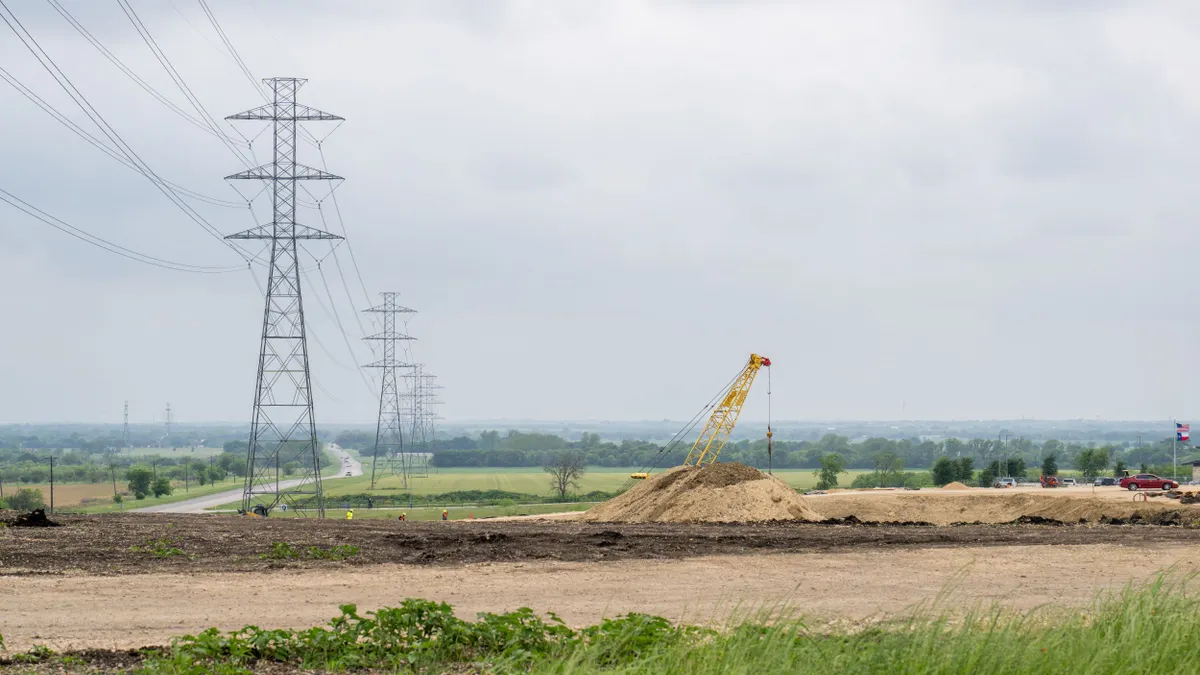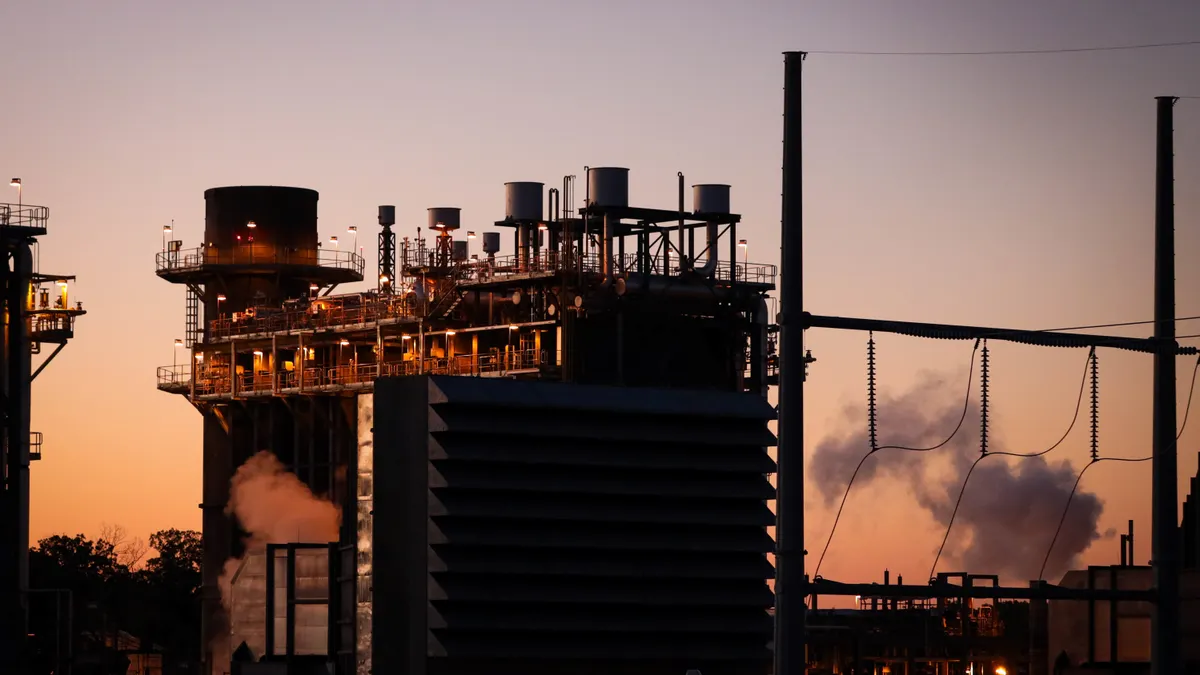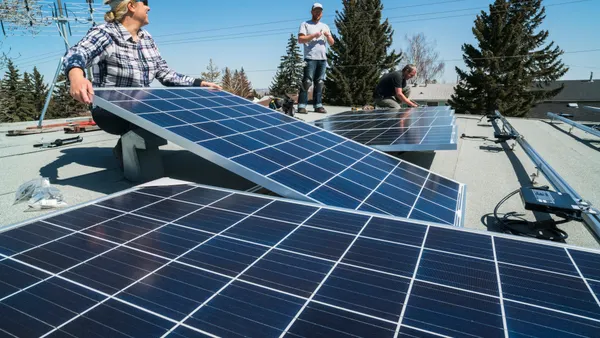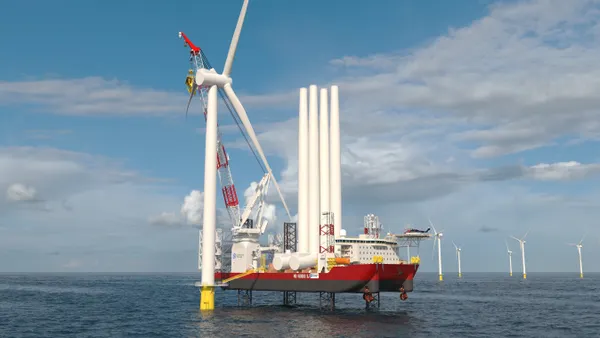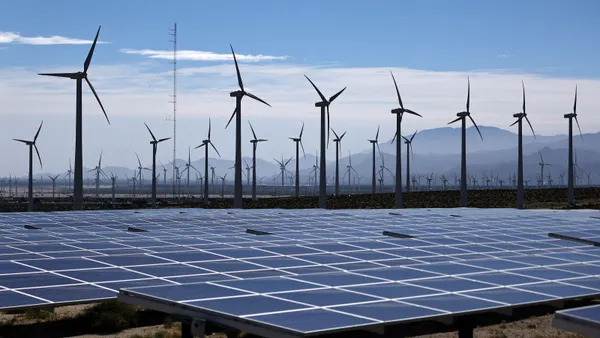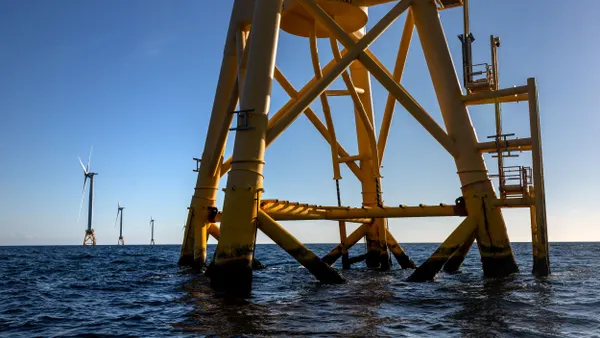Dive Brief:
- According to the U.S. Energy Information Administration, three wind turbine manufacturers dominate the United States market and combined to make up 76% of the country's installed capacity at the end of last year.
- General Electric, Vestas, and Siemens accounted for 55 GW of installed wind generating capacity in the United States, and their share of new installations is even larger.
- Installed wind capacity has increased in the United States each year since 2001, and last year supplied almost 5% of the United States generation.
Dive Insight:
Better transmission access and federal production tax credits have helped the United States develop its wind industry, with three states—Iowa, South Dakota and Kansas—now relying on the resource for 20% of their power. And in several more states, from Maine to Oregon, wind makes more than 10%.
But despite the expanse of wind development, the market for turbines is dominated by just a handful of companies. Of the 8.2 GW of total wind installed in 2015, GE, Vestas and Siemens manufactured turbines for 92%.
GE alone was responsible for 42% of the capacity installed last year. EIA explained that the company "has consistently been the dominant manufacturer of wind turbines installed in the United States since it purchased Enron’s wind business (formally Zond) in 2002."
Wind facilities produced 190,927 GWh of electricity in 2015, accounting for 4.7% of net U.S. electric power generation. That represents a doubling of wind's generation share since 2010, when the share was 2.3%. And according to earlier analysis by EIA, based on monthly data through July, wind has provided 5.6% of U.S. generation this year. In addition to EIA's forecast, the American Wind Energy Association believes wind energy will rise to 10% of U.S. total generation by 2020 and 20% by 2030.




